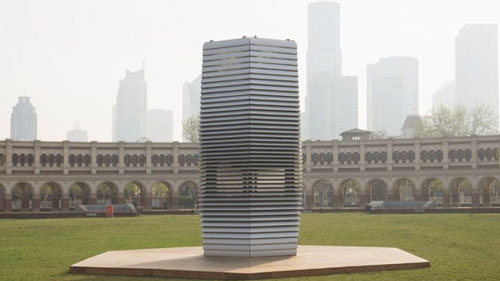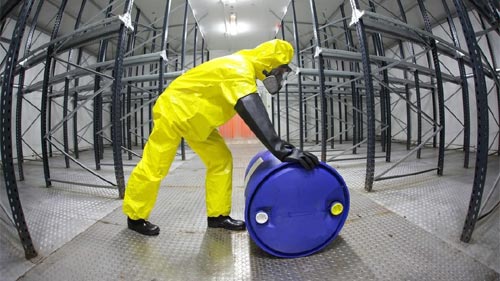 The air we breathe is crucial to our survival and necessary to sustaining every life form on earth. However, dust particles and other pollutants may accumulate and become suspended in the air, which may cause some respiratory problems or even contribute to environmental risks. Given the need to implement strategic monitoring of the severity of air pollution, air quality monitoring devices have been created specifically to address this type of concern.
The air we breathe is crucial to our survival and necessary to sustaining every life form on earth. However, dust particles and other pollutants may accumulate and become suspended in the air, which may cause some respiratory problems or even contribute to environmental risks. Given the need to implement strategic monitoring of the severity of air pollution, air quality monitoring devices have been created specifically to address this type of concern.
Since air quality significantly differs depending on the geographic location and the presence of other contributing external factors, it is only important to periodically assess the air quality levels. If you are wondering what is air quality monitoring, here are some of the few things that you need to know about air pollution monitoring and air purification. First, take a look at some of the following points:
Safe and Quality Air
One of the few advantages about air quality monitoring is that you can get the most substantial feedback about the certain areas which may have low and high air exchange rate or less source of air pollution. Regions, where there is poor air quality, can be reviewed, and the information collected helps make an insightful assessment regarding the impacts of poor air quality on the public.
The benefit of employing an air and dust monitoring is ensuring that the public’s general health is kept at the topmost priority.
Determines effectivity of programs directed to solving air pollution
Air and dust monitoring can also help determine whether the implemented programs directed to solving air pollution are working or not. The air quality exchange rate readings of different locations can help assess whether the legislative programs strictly enforced are assisting in limiting the suspension of dust particles in the air.
It goes to say that air quality monitoring does not only help analyze the air exchange rates, but it can also connect the points which may lead to reviewing the efficiency of different programs.
Helps pinpoint the mortality rate associated with air pollution in a given area
One of the added benefits of implementing air quality monitoring is it can help pinpoint the mortality rate associated with air pollution in a given region or area. A comparison of the short and long-term effects of air-pollution-induced disorders can also be reviewed since the data collected can help sort out which types of diseases resulted from air pollution.
This practical feature associated with air monitoring helps devise a plan to reduce the incidence of diseases in heavily polluted areas.
Helps identify the level of pollution in heavily polluted areas
Aside from the ones mentioned above, air quality monitoring also helps identify the level of pollution in heavily polluted areas. By sifting through the air quality readings and levels, one can sort out if the limit has exceeded and if there is a need to make some changes in disseminating programs.
Helps identify if a region is meeting the standards set by WHO, OSHA, and CPCP
Air quality monitoring also helps identify if a region has met the standards set by WHO and other implementing bodies. Since there are imposed regulations and air quality levels, a failure to meet the bare minimum may indicate that there needs to be a modification in the approach and programs.




